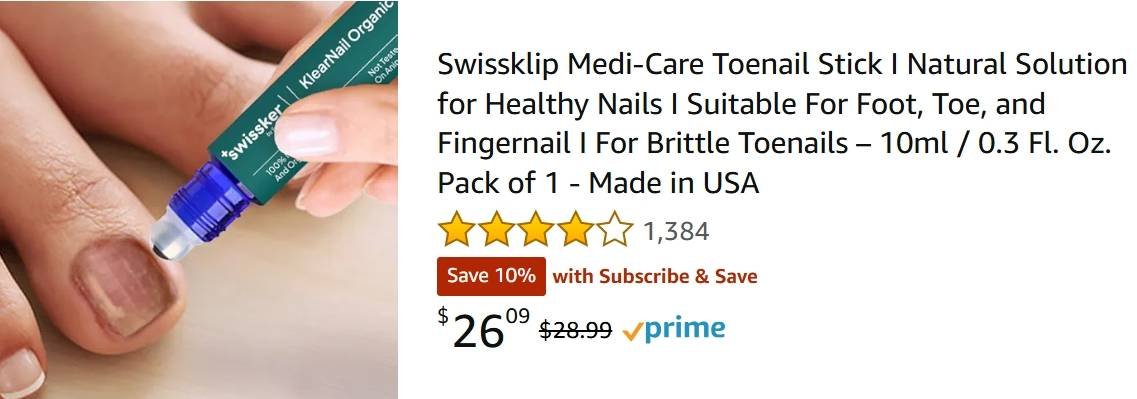Can You Prevent Ingrown Toenails with Proper Nail Trimming?
Find a Podiatrist Near You
Get same-day appointments with verified podiatrists. Insurance accepted.
Ingrown toenails are a common but painful condition that can lead to infections and discomfort. Many people wonder if simply trimming their nails the right way can prevent this issue. The short answer is yes. Proper nail trimming plays a crucial role in keeping toenails healthy and reducing the risk of ingrown nails. However, technique, footwear, and overall foot care also matter.

How Ingrown Toenails Develop
An ingrown toenail occurs when the edge of the nail grows into the surrounding skin instead of over it. This can happen due to several reasons, including:
- Cutting Toenails Incorrectly – Rounding the edges or cutting nails too short increases the likelihood of ingrowth.
- Wearing Tight Shoes – Shoes that squeeze the toes force nails into the skin, increasing pressure and irritation.
- Toe Injuries – Stubbing your toe, repetitive pressure from sports, or dropping something heavy on your foot can change the way nails grow.
- Genetics – Some people are naturally more prone to ingrown toenails due to inherited nail shapes and structures.
The Right Way to Trim Your Toenails
Trimming toenails properly is the easiest way to prevent ingrown nails. Here’s how to do it correctly:
1. Cut Straight Across
Avoid rounding the edges. A straight cut prevents the nail from curving into the skin as it grows.
2. Don’t Cut Nails Too Short
Trimming too close to the skin makes it easier for the nail to grow into the surrounding tissue. Leave a little length at the tips.
3. Use Sharp, Clean Tools
Dull clippers can cause uneven cuts, leading to jagged edges that may dig into the skin. Always use sanitized, sharp toenail clippers.
4. File the Edges Gently
If sharp corners remain after cutting, use a nail file to smooth them. However, avoid excessive rounding.
5. Cut When Nails Are Dry
Trimming dry nails ensures a cleaner cut. Wet nails are more likely to bend or tear unevenly.
Additional Ways to Prevent Ingrown Toenails
While proper nail trimming is essential, other habits contribute to overall foot health and toenail care.
Wear Proper Footwear
Shoes that are too tight or narrow increase pressure on the toenails. Choose footwear with a roomy toe box to allow natural nail growth.
Maintain Good Foot Hygiene
Wash your feet daily and dry them thoroughly. Keeping nails clean reduces the risk of infections if a nail starts growing inward.
Avoid Picking or Tearing Nails
Pulling at nails or using improper tools can leave sharp edges that lead to ingrowth. Always trim carefully and avoid forceful removal of nail fragments.
Protect Your Feet from Injury
If you play sports or work in environments where toe injuries are common, wear protective footwear to minimize trauma to the nails.
When to Seek Professional Help
If you experience persistent pain, swelling, or signs of infection like redness, pus, or warmth, see a doctor. A podiatrist can treat the condition before it worsens.
For chronic or severe ingrown toenails, medical treatments such as nail avulsion (partial nail removal) or matrixectomy (removal of part of the nail root) may be necessary.
Final Thoughts
Proper nail trimming is one of the most effective ways to prevent ingrown toenails. Cutting straight across, avoiding excessive shortening, and maintaining good foot hygiene all contribute to healthier nails. While prevention works in most cases, some people may still develop ingrown toenails due to genetics or injury. If home care doesn’t help, seek professional treatment to avoid complications and keep your feet pain-free.
Ready to See a Podiatrist?
Connect with top-rated podiatrists in your area. Book appointments instantly with verified doctors who accept your insurance.
Same-Day Appointments
Get seen today with urgent care availability
Verified Reviews
Real patient reviews and ratings
Insurance Accepted
Most major insurance plans covered
